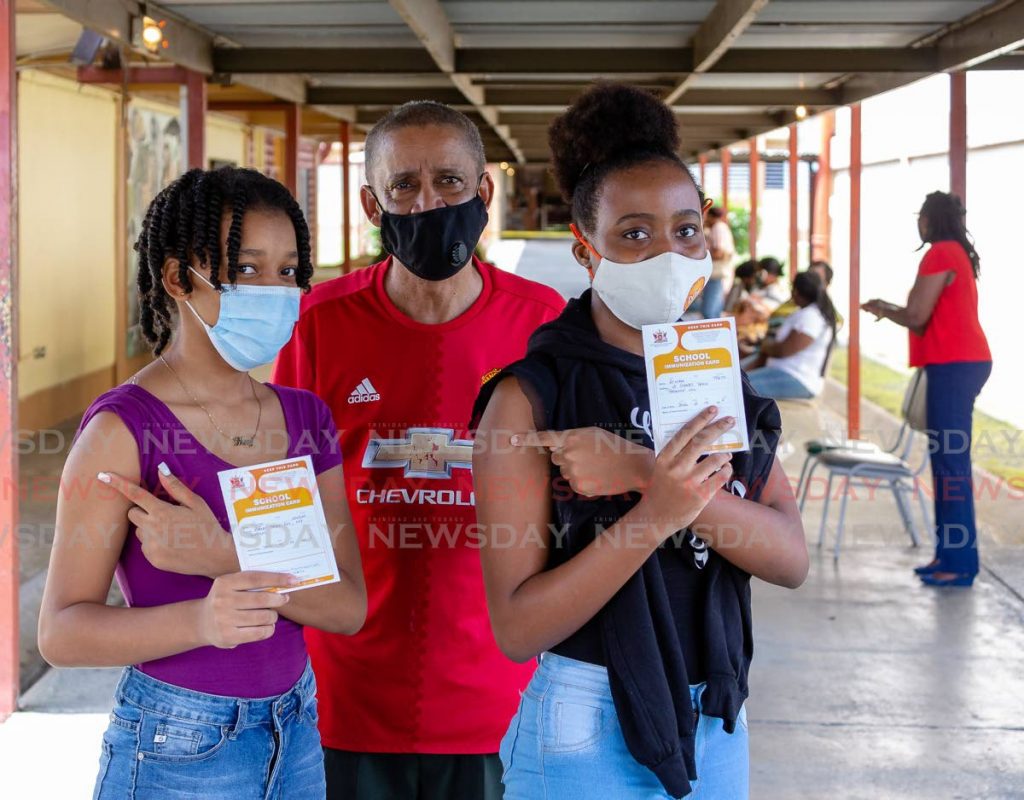Communications to deal with the next normal

LISA-ANN JOSEPH
Communication among different levels of staff and management has always, even if not fully recognised to be so, been critical to the health and wealth of businesses. The covid19 pandemic has made the need to enhance such exchanges of information and views more critical and imperative.
In the midst of the international disaster that is this unyielding virus, employers and their employees are faced with a new set of challenges which require new forms of contemplation and communication.
How, for instance, will employers and employees face the challenge of having those who have embraced vaccination as the best way to combat being infected with covid19 and those who will not even contemplate taking any of the vaccinations available?
The current decision is one faced by parents – whether to follow the advice given by the Prime Minister to have students in forms four, five and six take the vaccination as a means of not having classrooms and schools become super-spreader environments, or have children remain unvaccinated.
As the Prime Minister has made clear, those children whose parents have decided not to have them vaccinated will remain in online mode, following classes on devices from home. To contemplate the implications and consequences of further dividing the school environment, already divided by social class and quality of school environments, results in instant headaches and worry about the future.
The education environment changing before our very eyes will also affect the workplace. For instance, parents who have disallowed their children the vaccine will now have to stay home with their children because they will not be physically present at school. The challenge is whether parents in such a quandary can fully concentrate on responsibilities at the office.
On the other hand, those parents who have allowed their children to be vaccinated may go through serious worry about possible exposure of their children in a school environment.
Along with those health-related situations and more, employees will also have to face cycles of disruption and adaptation, driven by both pandemic-related health reasons and new business imperatives.
In the instance of the latter, reorganisation can include further reductions in workforces or furloughs, having workers out for a period until perhaps, business brightens up and the organisation can resume full operations with a full complement of employees back on the job.
Such challenges will tax the innovative capacity and the willingness of all sides of the business establishment to develop a consciousness, policies and principles to counter and overcome. Needless to say, much will be required to formulate a base and an attitude to deal with such challenges.

One such thought for leaders is for them to develop a plan that aims to engage and strengthen the communications nexus with employees. Employers and employees will soon have to understand that in the new environment there will be a spectrum of emotions to deal with. Those emotions will range through grief, fear, loss, anxiety, isolation to happiness, socialisation and exuberance.
These range of emotions are very legitimate and must be recognised and addressed. For leaders, it is a chance for them to review, retool and rebuild as organisational health now becomes a priority for success.
Inspiring and motivational communication must become part of the employer messaging every time there is the opportunity to do so. Employees on occasion see their leaders as a stable and trusted source on which they can rely. Leaders should attempt to plan their communication in a few stages, many times overlapping, laying a solid foundation as to where we are now – being sensitive to their needs, recognising and addressing where we came from.
Emerging successfully out of such situations requires cultivating open and honest conversations with the intention of looking to the future, and what is our “next normal,” by ensuring it is a combination of past and future.
Now, each organisation will be required to focus on its own set of circumstances and the peculiarities of the particular business enterprise.
However, we are very much into an “each one, teach one” environment. What that means is that organisations can learn from each other in relation to successfully developing programmes and practices for implementation.
Notwithstanding the peculiarities of each situation, there are lessons which have been successfully applied which can be shared within the business environment. That will require another level of communication between businessmen/women and their representative associations.
As an organisation involved in communications, we understand fully the importance of positive interactive action to counter the negatives of the particular environment.
Fortunately, this is the era of technological information and communications which presents all kinds of possibilities for the cross-fertilisation of ideas and approaches.
Lisa-Ann Joseph is managing director of Reputation Management Caribbean, a public relations and crisis communications agency. Recently she launched a training division, Institute for Reputation Management. Any questions and comments…connect with her at Lisaann@rmcaribbean.net


Comments
"Communications to deal with the next normal"